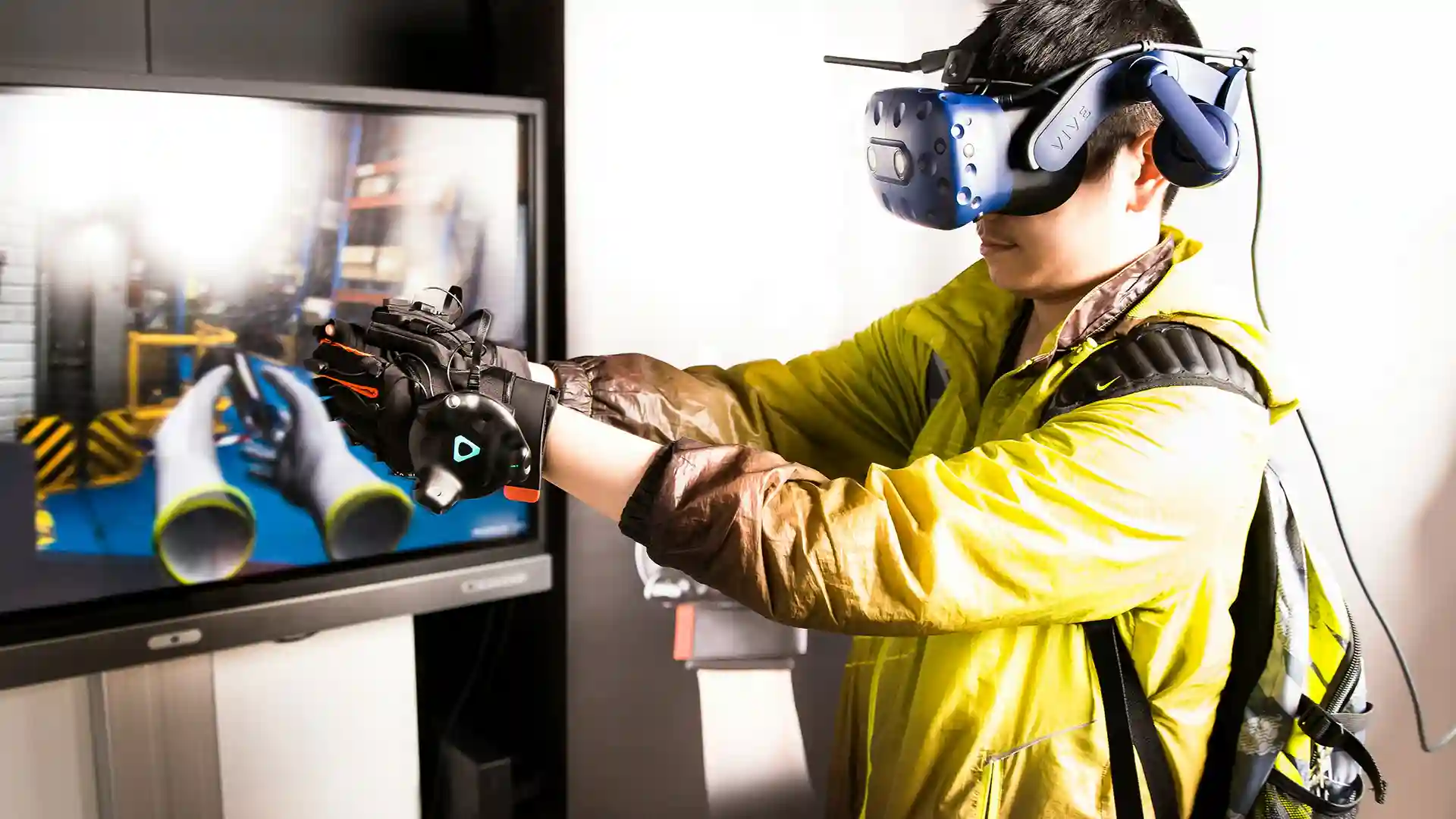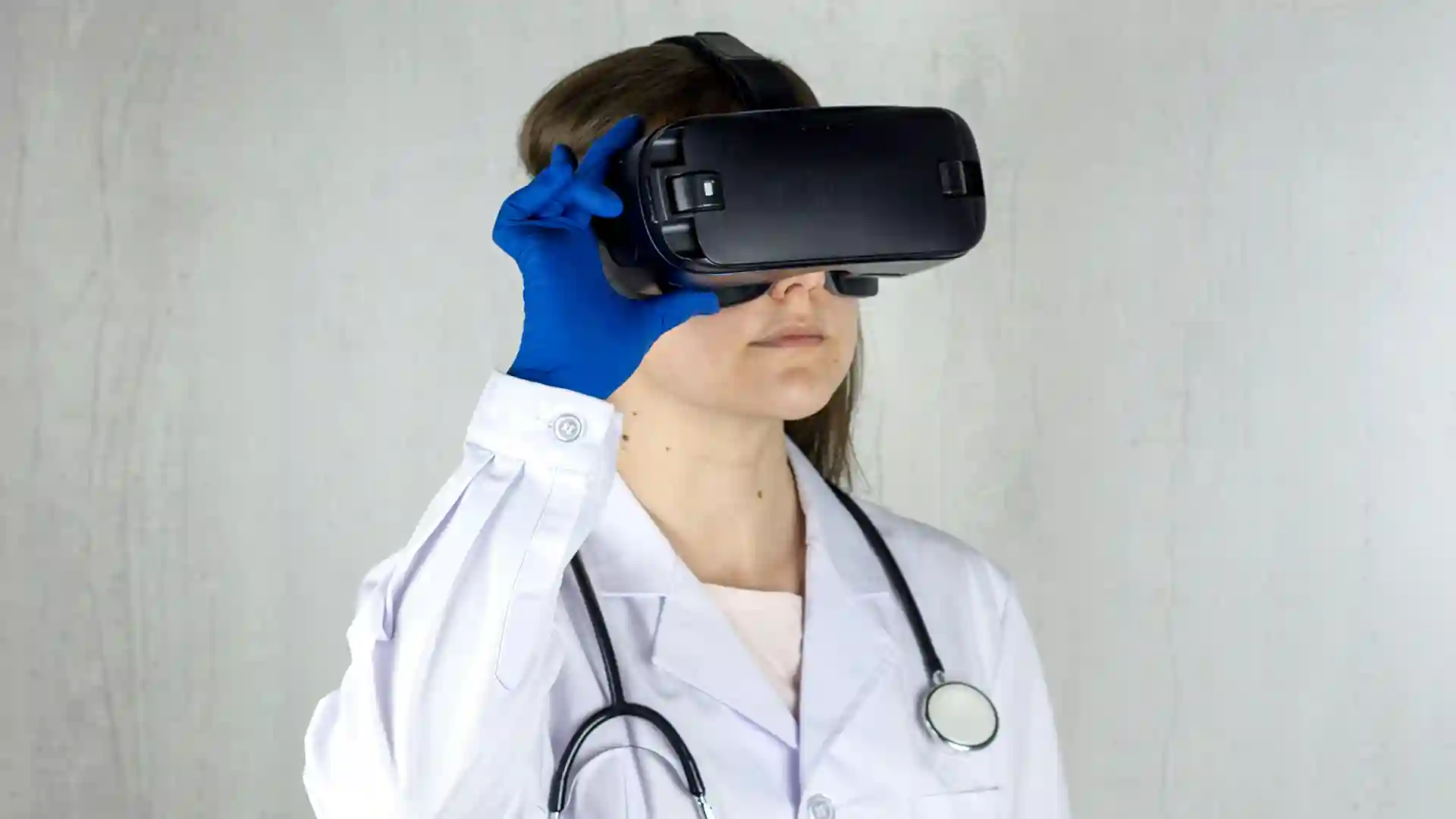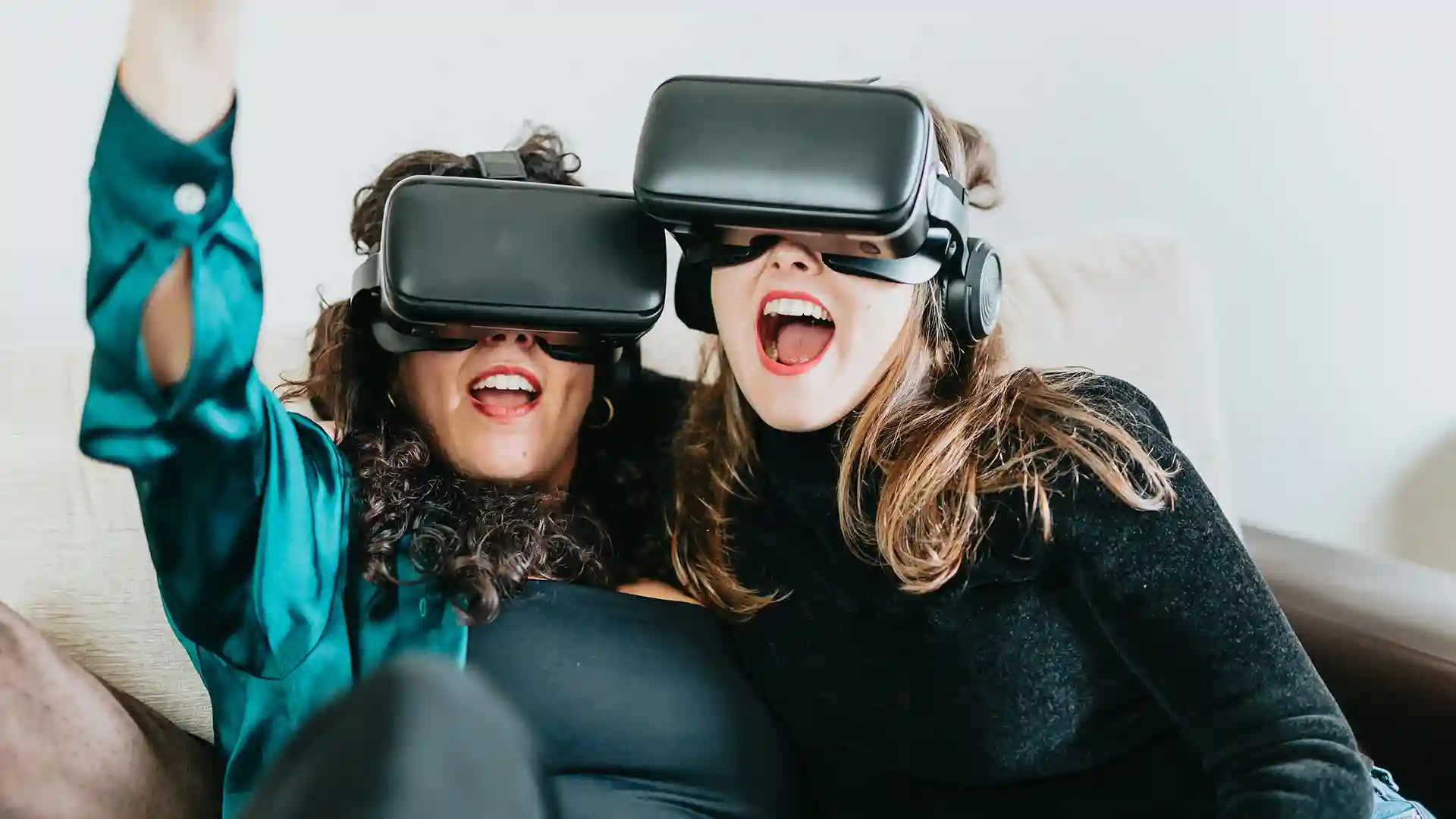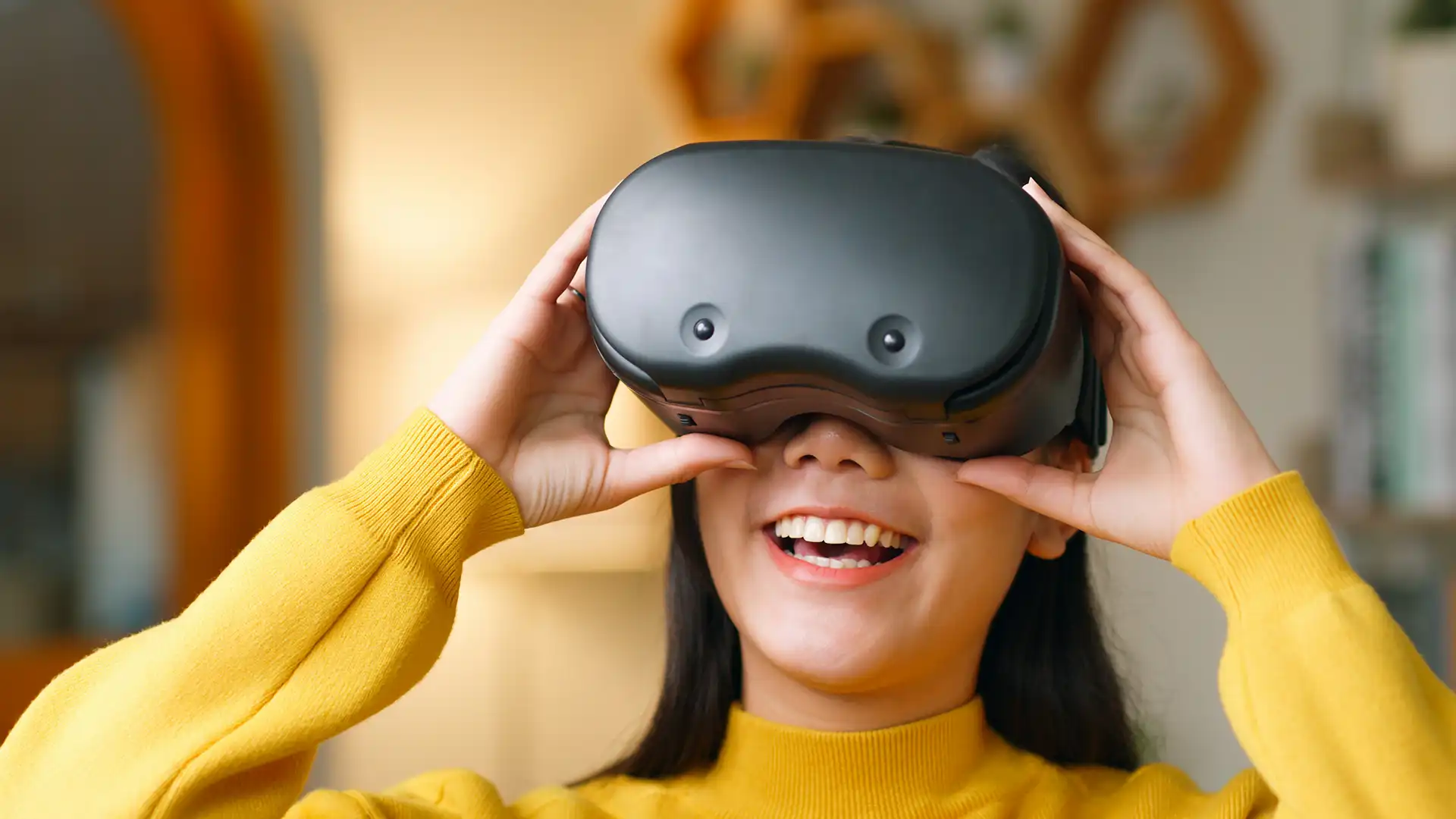Top 5 Frontiers Where VR Is Redefining Reality
From classrooms to operating rooms, art galleries to remote workspaces, VR is weaving its digital magic, turning sci-fi fantasies into everyday realities. Let's dive into the five groundbreaking arenas where VR is not just playing an increasingly important role but stealing the show.
1. The Classroom Of Tomorrow: VR In Education & Training
Imagine diving into the ocean depths or walking on Mars during your morning class. VR in education is turning these fantasies into lessons, creating immersive learning environments that captivate and educate. With VR headsets, students are no longer confined to textbooks; they're time-traveling to historic events and teleporting to microscopic worlds.

But it's not just about watching and marveling; it's about doing and mastering. VR enables immersive training and simulations that can recreate realistic working environments. In fields like medicine, engineering, and aviation, VR has become the ultimate training ally. Employees can train in safe virtual environments without the risk of injury or damage to expensive equipment.
Aspiring surgeons practice intricate procedures without stepping into an OR, engineers test structures under virtual stress, and pilots navigate skies, all within the safety of simulation. This hands-on, risk-free training is revolutionizing how skills are taught and mastered, paving the way for a future where learning knows no bounds.
2. The Healing Touch: VR In Healthcare
In the healthcare sector, VR is becoming a savior by opening up new possibilities for the treatment of patients, be it in the area of pain management, rehabilitation or coping with anxiety and stress.
VR can be used to distract pain patients or place them in a virtual environment that reduces pain. Studies have shown that VR can help reduce pain sensations and reduce the need for pain medication. In physical therapy, VR can be used to help patients recover motor skills after injury or surgery. Through interactive virtual exercises, patients can improve their movements and track their rehabilitation success.
In psychotherapy, therapists can use VR to create specially developed interactive environments. This enables patients to deal with their feelings and challenges in a safe environment. People with phobias, anxiety disorders or post-traumatic stress disorder can benefit from VR exposure-based therapies where they are in controlled virtual situations that trigger their anxiety. This can help them to manage their anxiety and slowly overcome it.

3. The Corporate Metamorphosis: VR In Business & Industry
In the corporate sphere, virtual reality is transforming the way we work and increasing efficiency through innovative solutions for collaboration and product development. Virtual meetings and remote collaboration have transcended geographical barriers, enabling real-time interaction and teamwork, regardless of physical location. But that's not all. Companies can use VR to create prototypes, design products and carry out virtual tests before they go into production. The advantage: an accelerated innovation process and reduced costs for physical prototypes and iterations. In sales and marketing, VR is convincing in the form of virtual showrooms or presentations to offer potential customers a unique experience and better convince them of products and services.
4. VR In Art & Creative Expression
In the kaleidoscopic world of art and creativity, VR offers artists and designers realms of uncharted possibility. Virtual reality paves the way for immersive art, where viewers step into the artwork, experiencing and interacting with it in ways traditional mediums never allowed. Interactive art installations and virtual galleries are making waves, breaking the barriers of accessibility and opening new avenues for artistic expression and appreciation.
But the influence of VR isn't confined to galleries and studios. It's reshaping the entertainment landscape, impacting the film and music industry. Filmmakers are embracing VR to create immersive cinematic experiences, while musicians and performers are using it to transport audiences to virtual concerts, offering front-row seats to anyone, anywhere, with a headset.
5. VR In The Social Sphere
Beyond business and creativity, Virtual Reality is knitting the fabric of society closer, fostering social interaction and community building in a virtual space. With VR, social gatherings, networking events, and family meetups are no longer bound by physical presence, allowing heartfelt connections to thrive across continents and time zones.

Moreover, VR stands as a beacon of hope for inclusivity and accessibility. For individuals with disabilities, VR opens doors to experiences and adventures previously deemed unreachable. Whether it's exploring the wonders of a foreign land or participating in activities hindered by physical limitations, VR is not just an escape but an extension of reality, ensuring that the wonders of the world are accessible to all.








